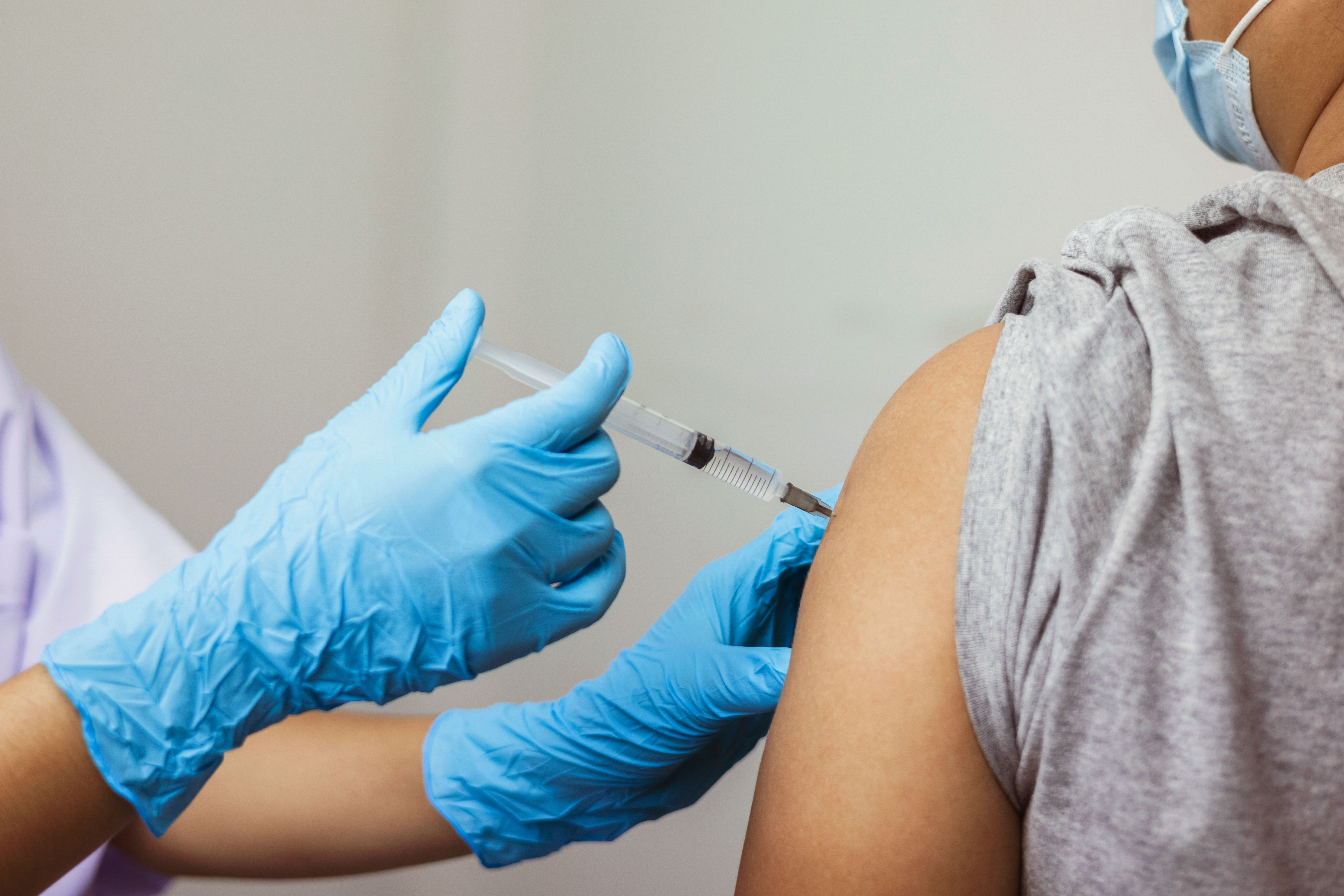News
Article
Study Finds Similar COVID-19 Vaccination Rates in Undocumented Latinx Patients and US Citizens
Author(s):
Additionally, undocumented Latinx patients were also more likely to have at least 1 prior COVID-19 infection.
According to results from a recent study published in JAMA Network Open, Latinx patients who are undocumented and went to the emergency department (ED) during the COVID-19 pandemic were found to have the same reported rate of COVID-19 vaccination compared with US citizens. This finding was surprising, the study authors note, because COVID-19 was previously found to disproportionately affect Latinx individuals.1,2
Image credit: lovelyday12 | stock.adobe.com

The investigators conducted this study because of limited data regarding the COVID-19 infection status, vaccination uptake, and perceptions about the COVID-19 vaccine. The prospective, cross-sectional study observed undocumented patients aged 18 years or older from September 2, 2021, through March 31, 2022. These patients had all visited the ED during the COVID-19 pandemic and were enrolled in 3 equal groups based on self-reported race and identity: non-Latinx (including Asian, Black, Native Hawaiian, Pacific Islander, Middle Eastern, White, and other), legal Latinx resident or citizen, and undocumented Latinx. Patients who were critically ill, on psychiatric holds, or incarcerated were excluded from the study.2
A total of 306 participants were enrolled in the study, of which 209 identified as Latinx (68%), 34 as non-Latinx Black (11%), 43 as non-Latinx White (14%), and 20 as another race or ethnicity (7%). Additionally, among the Latinx patients in the undocumented group, 26 (25%) were uninsured, 99 (95%) reported Spanish as their primary language, and 31 (30%) used the ER as their usual health care source.2
The results indicated that at least 1 prior COVID-19 infection was more likely to be reported by undocumented Latinx participants (odds ratio [OR], 3.42; 95% CI, 1.66-7.23) and legal Latinx residents (OR, 2.73; 95% CI, 1.32-5.83) compared with the non-Latinx group. Among the 306 enrolled patients, 265 (87%) had reported having at least 1 COVID-19 vaccine and the remaining 41 (13%) reported declining vaccination. According to the study authors, this finding had similar distributions across all 3 groups. The most common reason for declining vaccines was concern about potential vaccine-related adverse effects, which was reported by 15 participants (37%).2
Further, the non-Latinx group—unlike the undocumented Latinx group—were less likely to believe that undocumented immigrants should receive their COVID-19 vaccinations in the US (OR, 0.09; 95% CI, 0.01-0.39), of which 41 participants (13%) reported knowing undocumented people who did not receive the vaccine because of their fear of deportation or discovery of their documentation status. In addition, 9 patients (22%) who previously declined a COVID-19 vaccine expressed interest in receiving the vaccine while in the ED.2
“We would have expected Latinx patients to have lower rates of vaccination, considering higher rates of infection, hospitalizations, and death,” said lead study author Jesus R. Torres, emergency medicine physician at UCLA Health, in a press release.1
Additionally, the study authors note that it is important to identify any groups who are disadvantaged for research, policy advising, resource allocation, and targeted vaccine uptake campaigns to further improve public health. They also note that the study findings highlight the effectiveness of ERs for greater inclusion of undocumented US citizens in public health surveillance research.1,2
Study limitations, according to the investigators, include the self-reporting of certain statistics, such as citizenship status and prior COVID-19 infections. Additionally, patients who visited the ER were surveyed, therefore, individuals who may have been afraid of their immigration status being discovered could have been undercounted or underrepresented. Generalizability of the results may be limited because the study was restricted to 2 ERs in California that are affiliated with teaching hospitals.1,2
References
1. University of California—Los Angeles Health Sciences. Undocumented Latinx patients got COVID-19 vaccine at same rate as US citizens. News release. April 26, 2024. Accessed May 2, 2024. https://www.eurekalert.org/news-releases/1042584
2. Torres JR, Taira BR, Bi A, et al. COVID-19 Vaccine Uptake in Undocumented Latinx Patients Presenting to the Emergency Department. JAMA Netw Open. 2024;7(4):e248578. doi:10.1001/jamanetworkopen.2024.8578
Newsletter
Stay informed on drug updates, treatment guidelines, and pharmacy practice trends—subscribe to Pharmacy Times for weekly clinical insights.





